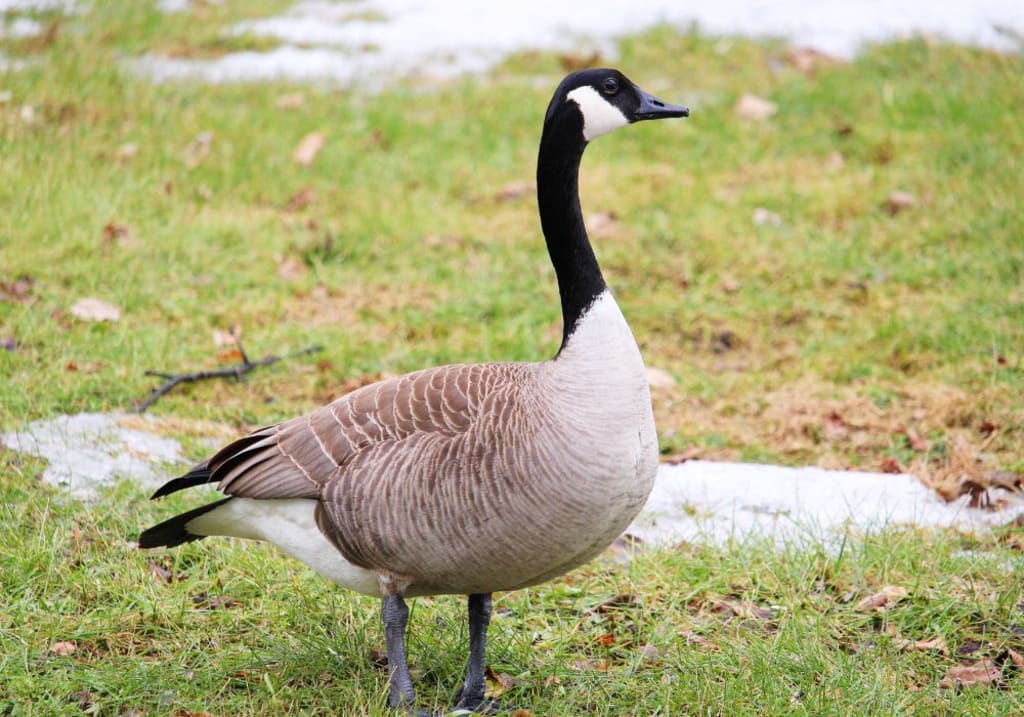
Migration is one of nature’s most fascinating spectacles. Among the many species that undertake this biannual journey, geese stand out for their distinct V-shaped formations and the sheer number of birds involved. Observing migrating geese is a rewarding experience for both amateur and seasoned bird watchers. However, to maximize your chances of witnessing this awe-inspiring event, timing and location are crucial. In this guide, we will explore the best times to see migrating geese and offer tips for a successful bird-watching adventure.
Understanding Goose Migration
Before diving into the best times to observe geese migration, it's essential to understand why and how geese migrate.
Why Do Geese Migrate?
Geese migrate primarily for survival. The primary reasons include:
- Food Availability: Seasonal changes affect the availability of food. Geese migrate to areas where food is abundant.
- Breeding: Many geese species travel to specific breeding grounds to mate and raise their young.
- Climate: Geese move to warmer climates to escape the harsh winter conditions.
How Do Geese Migrate?
Geese are known for their precision in migration, often traveling thousands of miles. They utilize several strategies to navigate:
- Visual Landmarks: Geese use recognizable landscapes to guide their journey.
- Celestial Navigation: They navigate by the stars at night.
- Earth’s Magnetic Field: Geese have an innate ability to sense the Earth’s magnetic field, aiding in their navigation.
Best Times to See Migrating Geese
The timing of geese migration varies by species, but there are general patterns that can help you plan your bird-watching excursions.
Fall Migration
- Months: September to November
- Peak Time: Late October to early November
Fall migration is one of the best times to observe geese. As temperatures drop and food sources dwindle, geese begin their journey southward. This period offers several advantages:
- Large Flocks: Geese travel in large groups, making them easier to spot.
- Consistent Patterns: They follow predictable routes, often stopping at traditional staging areas.
- Optimal Weather: The fall weather is generally mild, making it an enjoyable time for outdoor activities.
- Spring Migration
- Months: February to April
Peak Time: Late March to early April
Spring migration, while slightly less predictable than fall, is equally thrilling. Geese return to their breeding grounds, driven by increasing daylight and rising temperatures. Key points for spring migration include:
- Breeding Behavior: You may observe courtship displays and other breeding behaviors.
- Early Mornings: Geese are most active during the early morning hours.
- Varied Routes: Spring migration routes can be more diverse as geese spread out to reach various breeding grounds.
Key Locations for Observing Migrating Geese
Knowing when to look is only half the battle; knowing where to look is equally important. Here are some of the top locations in North America to observe migrating geese:
1. Bosque del Apache National Wildlife Refuge, New Mexico
This refuge is famous for its spectacular fall migrations. Thousands of geese, including Snow Geese and Ross's Geese, converge here, creating a mesmerizing sight.
2. Chesapeake Bay, Maryland/Virginia
The Chesapeake Bay area is a critical stopover for migrating Canada Geese. The vast wetlands provide ample food and rest areas for the birds.
3. Squaw Creek National Wildlife Refuge, Missouri
This refuge is another hotspot for Snow Geese during their fall migration. The sight of tens of thousands of geese taking off simultaneously is unforgettable.
4. Klamath Basin, California/Oregon
The Klamath Basin is a vital stopover for a variety of waterfowl, including geese. Both fall and spring migrations offer excellent bird-watching opportunities.
5. Delta Marsh, Manitoba, Canada
Located at the southern end of Lake Manitoba, Delta Marsh is a key staging area for geese during both their southward and northward journeys.
Tips for a Successful Bird-Watching Experience
To make the most of your geese-watching adventure, consider the following tips:
1. Research and Plan
Before heading out, research the specific species of geese and their migration patterns. This information will help you choose the best times and locations to visit.
2. Equip Yourself
Bring along essential bird-watching gear, including:
- Binoculars: A good pair of binoculars will enhance your viewing experience.
- Camera: Capture the moment with a camera equipped with a telephoto lens.
- Field Guide: A bird field guide can help you identify different species.
3. Dress Appropriately
Wear layers to stay comfortable in varying weather conditions. Waterproof clothing is advisable if you plan to visit wetlands or marsh areas.
4. Be Patient and Quiet
Bird-watching requires patience. Stay quiet and still to avoid startling the geese. Early mornings and late afternoons are typically the best times to observe active birds.
5. Respect Wildlife and Habitats
Always follow local regulations and guidelines to minimize your impact on the environment. Respect the natural habitats and maintain a safe distance from the birds.
The Role of Conservation in Goose Migration
Conservation efforts play a crucial role in ensuring the continued success of geese migrations. Wetland preservation, habitat restoration, and protection of breeding grounds are vital for the survival of these migratory birds.
Wetland Preservation
Wetlands provide essential resources for migrating geese, including food and rest areas. Conservation organizations work tirelessly to protect these habitats from development and pollution.
Habitat Restoration
Restoring degraded habitats ensures that geese have access to the necessary resources during their migration. This includes planting native vegetation and removing invasive species.
Breeding Ground Protection
Protecting breeding grounds is critical for the reproductive success of geese. Efforts include establishing protected areas and implementing sustainable land-use practices.
Conclusion
Witnessing the migration of geese is a truly remarkable experience that connects us to the rhythms of the natural world. By understanding the best times and places to observe these migrations, and by preparing adequately, you can maximize your chances of enjoying this natural spectacle. Furthermore, supporting conservation efforts ensures that future generations will also have the opportunity to marvel at the incredible journey of migrating geese.
Whether you are a seasoned birder or a curious novice, the sight of geese traversing the skies is sure to leave a lasting impression. So, grab your binoculars, plan your trip, and immerse yourself in the breathtaking phenomenon of geese migration. Happy bird-watching!
About the Creator
Hasan
Welcome...
In this site of mine you can learn amazing things and many information that you don't know so please subscribe to my site.
Enjoyed the story? Support the Creator.
Subscribe for free to receive all their stories in your feed. You could also pledge your support or give them a one-off tip, letting them know you appreciate their work.






Comments
There are no comments for this story
Be the first to respond and start the conversation.